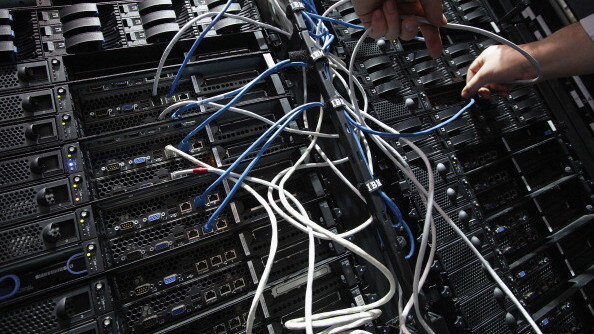
Approximately 86.1 million US households at the end of the first half of 2013 had broadband Internet access, translating into a 70.2 percent penetration of all American households. That figure is expected to reach 71.3 percent at the end of the year, up from 69.6 percent in 2012.
The latest figures come from a new Broadband Media Intelligence report by IHS, which notes coverage is estimated to hit 74.1 percent of US households by 2017, or about 94.7 million homes in the country. Cable remains the dominant mode of access.
In fact, cable’s market share of broadband Internet access for US households exceeded 50 percent this year. Cable has been growing at an average of 600,000 new connections every quarter for the last two years.
Meanwhile, DSL, the second-ranked access technology, is on the decline. At the end of June 2013, the 31 million DSL connections, or 34 percent of the fixed broadband market, lost 258,000 lines. DSL has been shrinking by 0.3 percent each quarter for the last year-and-a-half: that’s not a huge rate, but it doesn’t look like the trend will be reversing anytime soon.
Comcast had the largest portion of the US broadband Internet pie at the end of the second quarter, with more than one-fifth market share. AT&T, Time Warner Cable, Verizon, and CenturyLink rounded out the top five, which together commanded nearly 70 percent of the market (or more than 60 million US customers).
After all is said and done, 100 percent broadband penetration means nothing if the quality is subpar. While these numbers are okay, the reality is the US needs to catch up not just in availability, but in speed as well.
See also – NPD: US homes now hold over 500m Internet-connected devices with apps, at an average of 5.7 per household and Pew: 63% of US adult cell phone owners use their device to go online, for 21% it’s their main Internet device
Top Image Credit: Sean Gallup/Getty Images.
Get the TNW newsletter
Get the most important tech news in your inbox each week.




